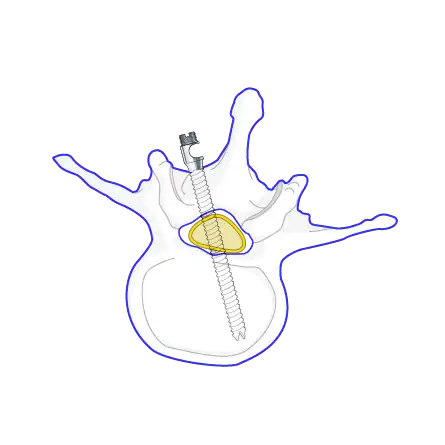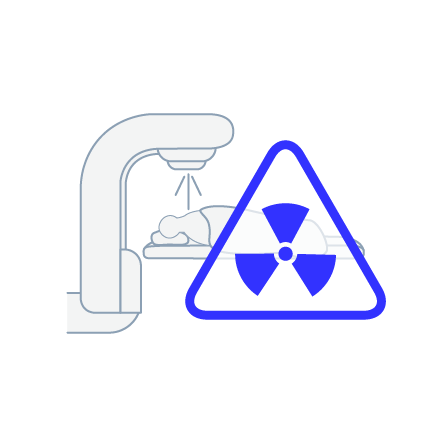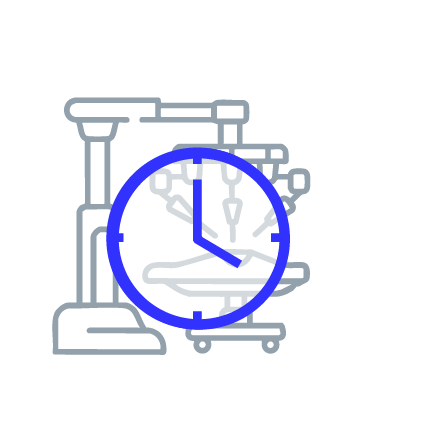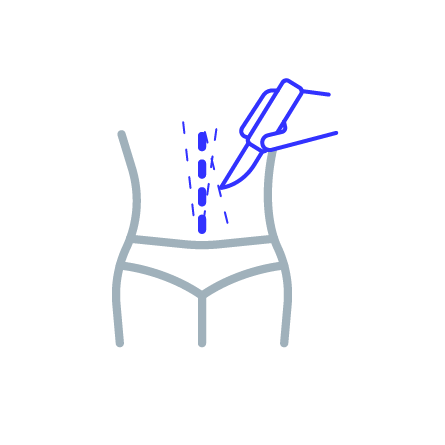Value gap
The next 2 Millimeters decide outcomes
Freehand relies on surgeon “feel”—skilled but variable. Navigation plans. Robots execute. But none sense tissue in real time. In the final millimeters of variable pedicle bone, surgeons need predictive sensing that looks ahead and confirms trajectory before breach.

Misplacement risk
revisions, neurologic complications, extended length of hopsital stay

Radiation burden
repeat shots to “check” trajectory

Lost OR time
setup, recalibration, re-imaging

Freehand variability
learning curve, reliance on tactile skill, inconsistent accuracy
The missing link:
seecure sense
A low capex, in hand sensing layer that scales to every OR, every shift, every case type.
Market size: at a glance
~3,000,000
instrumented fusions / year (global, directional)
4–6%
CAGR (devices & implants market)
1.3–2.0%
instrumented fusions / year (global, directional)
Methodology
Derived from U.S. instrumented procedure benchmarks, scaled internationally with conservative assumptions; triangulated with device-market CAGR. Figures represent directional estimates for investor decisioning, not audited counts.
From macro volume to addressable opportunity
Adoption scenarios
Derived from U.S. instrumented procedure benchmarks, scaled internationally with conservative assumptions; triangulated with device-market CAGR. Figures represent directional estimates for investor decisioning, not audited counts.
Why hospitals & surgeons switch
Adoption pathways
In hand sensing
Integrated nav/robot assist
Multi sensor predictive platform
Scale without the capex drag
Plug‑and‑Play in current workflow; complements freehand, nav, and robots
No large capital; OPEX model eases procurement
After‑hours & community hospitals: extends safety beyond tertiary centers
Bridge to integration: data outputs can inform nav/robot systems over time
Strategy canvas: positioning in the market
How seecure sense compares across key surgeon decision factors
Strategy canvas: positioning in the market
How seecure sense compares across key surgeon decision factors
AI sits at the sweet spot—high safety, low cost, scalable, and workflow-efficient.
seecure sense fills the value gap: high safety, low cost, scalable everywhere.
seecure sense AI sits at the sweet spot—high safety, low cost, scalable, and workflow-efficient. It fills the value gap left by freehand variability, DSG’s limited look-ahead, and the high-cost/rigid workflow of robots and navigation.